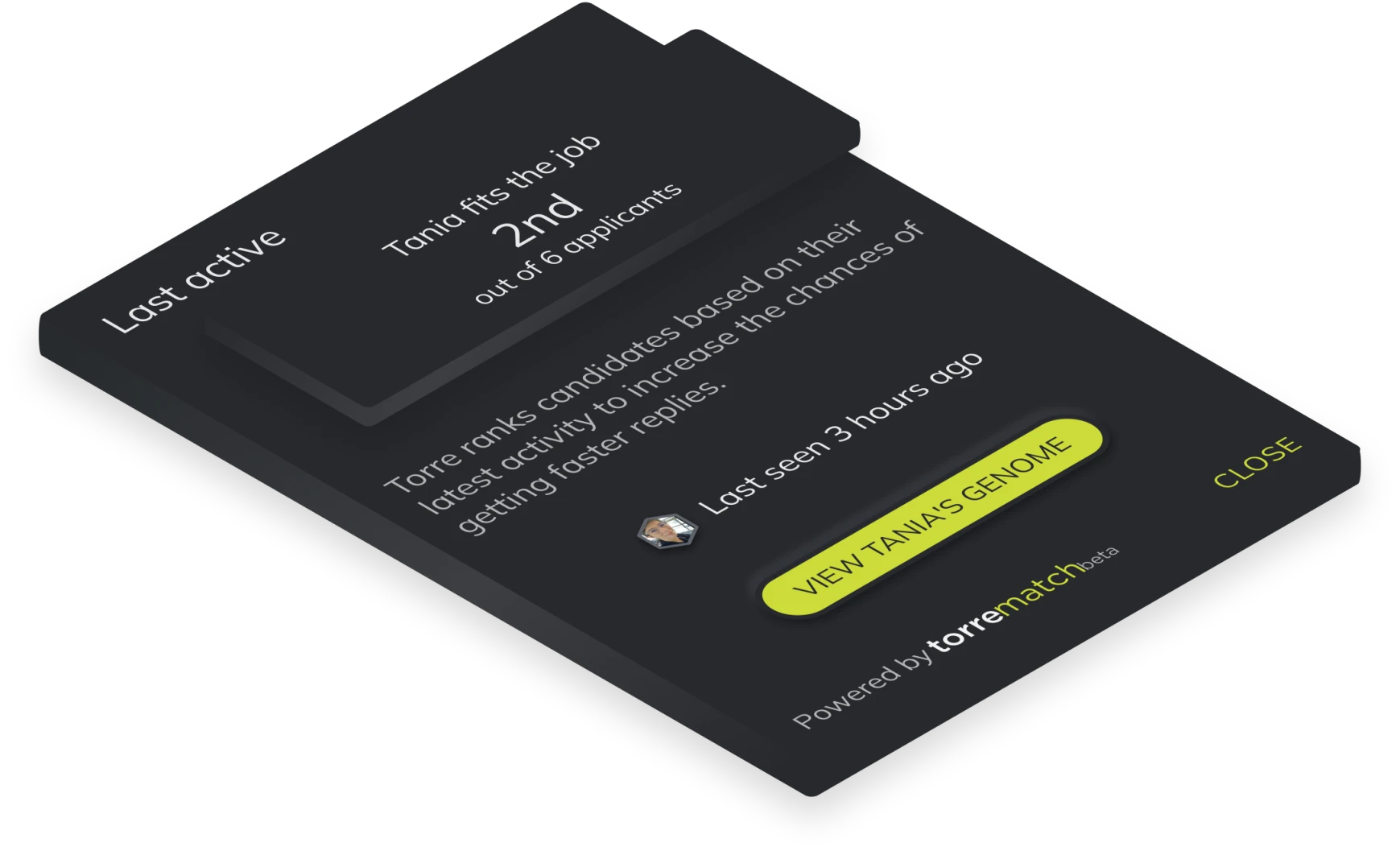
Talent seekers tend to hire people from their network before looking at any other options for hiring. This network is often accessed through WoM or LinkedIn, but the network is a lot larger than that outreach usually goes. With this factor we rank all candidates based on their multi-degree connectivity to members of the job post.
We work with a connectivity graph in our backend where every connection between people and/or organizations are stored.
The graph is populated with a lot of information:
Since we have a lot of different types of connections between people and organizations, we can use connectivity weights to determine how likely the people are to actually know each other.
5.1.4.
Algorithm validation
- Daily and weekly metrics
- Editorial reviews
- Direct feedback from talent seekers
- Direct feedback from candidates
5.1.5.1.
Iterate over each person in the network:
Start by going through each individual in the network.
5.1.5.2.
Acquire the individual's PageRank:
Retrieve the PageRank for each person, which is a measure of their importance or influence within the network.
5.1.5.3.
Gather and categorize connections:
Collect all the outgoing first-degree connections for the person, categorize them by type (like friends, colleagues), and store this data.
5.1.5.4.
Calculate the connection quota:
Determine each person's connection quota by dividing their PageRank by the total number of connections in the network. This quota represents the amount of the person's influence that can be distributed among their connections.
5.1.5.5.
Process each type of connection:
For each type of connection (such as friends, family, professional contacts):
Then for every visible member of the opportunity we look at all their outgoing connections and see what’s the connection with the candidate of the highest weight. That will determine the score for that candidate.
